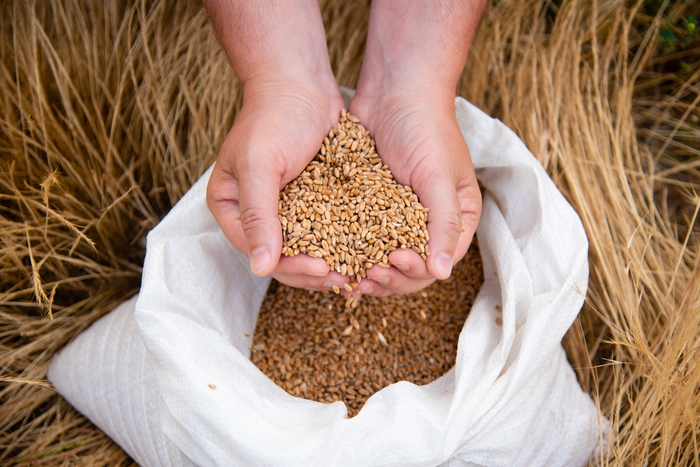Australia’s agriculture stands as a pillar of its economy, supporting a plethora of industries. Yet with the challenges of climate variability and global market dynamics, efficient farm management has never been more critical. At the heart of this management revolution is the ascension of inventory management software, playing a pivotal role in the success and sustainability of Australian farms.
The Challenges of Traditional Inventory Management
For a long time now, Australian farmers have been embracing the daily toil of manual inventory processes. However, mountains of paperwork and reliance on memory often lead to missed deadlines, errors in restocking, and the never-ending struggle to keep pace with the flow of goods in and out of the farm gates.
Inaccuracy isn’t just a minor inconvenience – it’s a significant liability that impedes farm operations. A mistimed order or a lost batch can disrupt the rhythm of farm life, leading to seedling shortages in planting season or feed shortfall during the dry months.
Benefits of Inventory Management Software
Enter the digital tilling of agricultural inventory management, and the benefits sprout like newly sown fields.
- Streamlined Tracking: Inventory management software offers a single platform to monitor the movement of seeds to silos, fertilisers to fields, and livestock to market. The workflows once fragmented by manual entry are now connected and cohesive, ensuring efficient and traceable inventory processes.
- Real-time Insights: With data readily available at one’s fingertips, decisions that were once seasonal or instinct-driven can now be made with real-time clarity.
- Cost-Effective Precision: As balance is struck between supply and demand through software-driven analytics, cost savings are a natural byproduct. Minimising overstock and reducing waste are not just sustainability initiatives, but also niche strategies that enhance the bottom line.
Key Features to Consider
Farmers transitioning to an inventory management software ecosystem must weigh the following key features to ensure a bespoke solution that caters to the unique demands of their operation.
- Seamless Integrations: The adaptability of the chosen software to integrate with existing farm management systems such as crop monitoring or sales platforms is a crucial consideration.
- Mobile Accessibility: The ability to manage inventory from the grain stores to the tool shed in real-time is a convenience that cannot be overvalued in a sector that demands agility.
- Scalability of Solutions: A software that grows with the farm, accommodating the addition of new stock and the diversification of agricultural output, is an investment in the future as well as the present.
In Conclusion: The Digital Harvest
It’s clear that for modern Australian agriculture, the tides have turned towards the adoption of inventory management software. With greater data-driven decision-making and streamlined operations, farms across the continent are cultivating success – not only in yield but also in the longevity and resilience of their businesses. The digital harvest is upon us, and those who embrace it will lead the field in this new era of agri-tech. Are you ready? Contact AgriChain.











